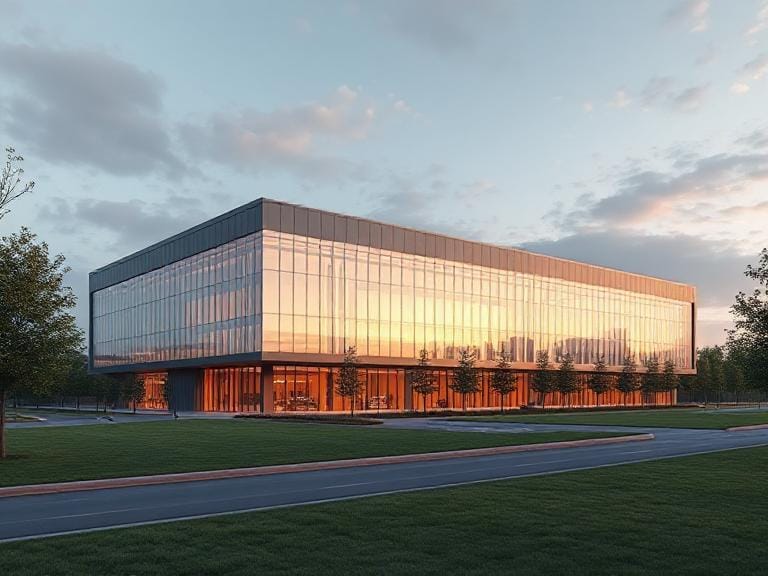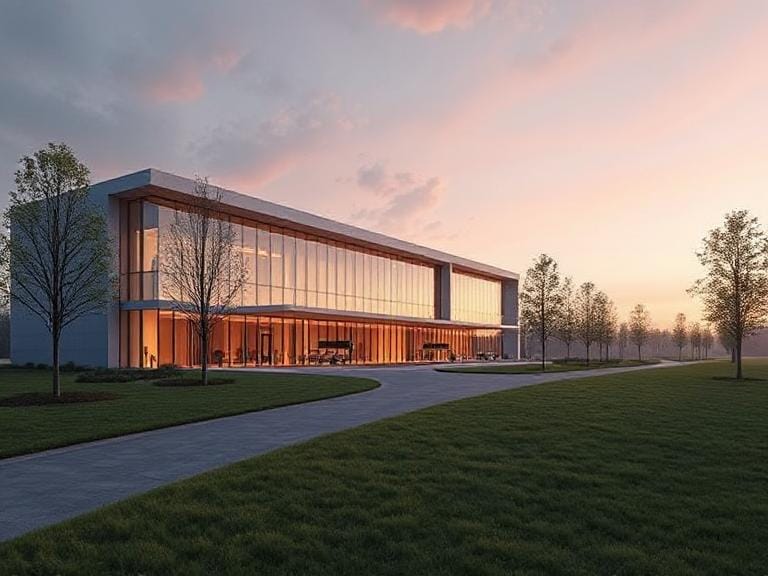Is It Safe to Power Wash Brick or Stucco in Oakville?
Power washing, also known as pressure washing, is a cleaning technique that utilizes high-pressure water jets to remove dirt, grime, and other debris from various surfaces. This method is particularly effective for outdoor cleaning tasks, as it can tackle stubborn stains on concrete, wood, brick, and stucco. Understanding the techniques and equipment involved in power washing is crucial for achieving optimal results without causing damage to the surfaces being cleaned.
At the core of power washing is the use of specialized equipment, which generally includes a pressure washer and various nozzle attachments. Pressure washers come in different sizes and capabilities, classified primarily by their PSI (pounds per square inch) ratings. Higher PSI ratings are suited for more robust surfaces like concrete, while lower ratings are ideal for more delicate materials such as stucco or painted surfaces. For each cleaning task, operators must adjust the pressure settings accordingly to ensure both effectiveness and safety.
Nozzles play a significant role in power washing, since they determine the angle and flow of the water spray. Common nozzle types include 0-degree, 15-degree, 25-degree, and 40-degree nozzles, each tailored for specific cleaning applications. For instance, the 0-degree nozzle delivers a concentrated stream of water capable of removing tough stains but poses a risk of surface damage if not used carefully. Conversely, the 40-degree nozzle provides a gentler spray, recommended for softer surfaces like stucco, ensuring that cleaning is performed without compromising structural integrity.
It is essential to recognize that power washing is not a one-size-fits-all process. Each surface necessitates a tailored approach, taking into account the material type, its age, and existing condition. Therefore, proper training and understanding of the techniques and equipment can lead to safe and effective cleaning outcomes, preserving the aesthetic appeal of the property in the long term.
Assessing the Safety of Power Washing on Brick and Stucco
Power washing is often viewed as an effective method to clean various surfaces, but the decision to apply high-pressure washing techniques on brick and stucco structures in Oakville requires careful consideration. To understand the safety of power washing these materials, it is crucial to examine their composition and inherent characteristics. Brick, composed of fired clay, exhibits durability but can be prone to surface erosion when exposed to high-pressure water jets. On the other hand, stucco, a mixture of cement, sand, and lime, is highly porous, making it more susceptible to damage from excessive force.
Utilizing power washing on these surfaces can indeed pose significant risks. One primary concern is surface damage, where the pressurized water can strip away the outer layer of both brick and stucco. This not only degrades their aesthetic appeal but can also lead to potential long-term issues, such as water infiltration. Moisture entering cracks or damaged areas can promote mold growth within the substrate, particularly for stucco, which struggles to dry out once saturated. Furthermore, structural integrity may be negatively impacted if water collection encourages deterioration from within.
When assessing the potential risks involved in power washing, factors such as the age of the building and the presence of existing damage must be taken into account. Older structures may have weakened surfaces, making them more vulnerable to high-pressure methods. Additionally, the environmental conditions in Oakville, such as humidity levels and temperature fluctuations, can greatly influence how these materials respond to power washing. In light of these considerations, caution is paramount when deciding on the appropriateness of power washing brick or stucco, as improper techniques may lead to costly repairs and damage.

Best Practices for Power Washing Brick and Stucco
Power washing can be an effective method for cleaning brick and stucco surfaces, but it is essential to follow best practices to ensure safety and maintain the integrity of these materials. A critical first step is to select the appropriate pressure settings. For brick surfaces, a pressure of 1,500 to 2,500 psi is generally recommended, while for stucco, 1,000 to 1,500 psi is usually adequate. Using higher pressure can damage the porous nature of these materials, leading to costly repairs.
The choice of nozzle type is equally important. A fan nozzle with a wide spray pattern is ideal for distributing pressure evenly across the surface, thus minimizing the risk of damage. Narrow nozzles can concentrate water in one spot and result in surface erosion, especially on softer materials like stucco. Therefore, utilizing a nozzle rated specifically for the type of surface you are cleaning is essential for the effective power washing of brick and stucco.
Additionally, selecting the right cleaning solution can significantly enhance the effectiveness of power washing. It is advisable to use a mildewcide or a gentle detergent specifically formulated for brick or stucco. Harsh chemicals may harm the surfaces or surrounding environment, so eco-friendly options are often preferred. Homeowners should also conduct a patch test in an inconspicuous area to assess how the surface reacts to both the cleaning solution and the pressure wash.
Lastly, protective gear such as gloves, goggles, and waterproof boots is crucial while power washing. This equipment safeguards against injury from flying debris and chemical exposure. Homeowners who are not comfortable with DIY power washing should consider hiring professionals who specialize in this type of cleaning, ensuring that the job is performed safely and effectively.
Alternatives to Power Washing: Other Cleaning Methods for Brick and Stucco
Maintaining the appearance of brick and stucco surfaces is essential for homeowners, and while power washing presents a quick method for cleaning, various alternatives offer effective results with minimized risks. One such alternative is soft washing, which utilizes low-pressure water combined with cleaning solutions that break down dirt, mold, and grime without causing damage to the materials. Soft washing is particularly effective on porous surfaces, making it a suitable method for brick and stucco, as it helps avoid chipping or loosening of these materials while ensuring a thorough cleaning.
Another common method is manual scrubbing, which involves using brushes or sponges with a mild detergent solution. This technique allows homeowners to target specific areas that require attention. It can be labor-intensive but is a gentler option that ensures precision cleaning, thereby reducing the chance of damaging the surface. Homeowners can also choose environmentally friendly cleaning solutions that are less abrasive on the surfaces, further ensuring their longevity and integrity while still achieving a clean appearance.
For more stubborn stains, chemical cleaning solutions are available that can be safely applied to brick and stucco. These products typically contain mild acids or alkalis that work to dissolve dirt and stains without harming the underlying material. However, it is crucial that these cleaners are used following the manufacturer’s instructions, as improper application can result in damage or discoloration of the surface. Homeowners should assess the pros and cons of each method, considering aspects such as effectiveness, safety, and environmental impact.
In pursuit of pristine brick and stucco, homeowners are encouraged to explore these alternative cleaning methods. By utilizing softer approaches, they can prolong the life of their exterior surfaces while achieving satisfactory cleanliness without the potential hazards associated with power washing.







